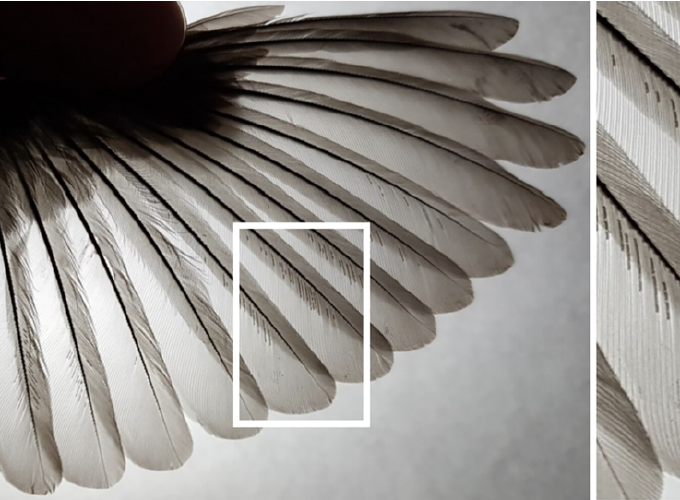Host space, not energy or symbiont size, constrains feather mite abundance across passerine bird species

Host space, not energy or symbiont size, constrains feather mite abundance across passerine bird species
Abstract
Comprehending symbiont abundance among host species is a major ecological endeavour, and the metabolic theory of ecology has been proposed to understand what constrains symbiont populations. We parameterized metabolic theory equations to investigate how bird species’ body size and the body size of their feather mites relate to mite abundance according to four potential energy (uropygial gland size) and space constraints (wing area, total length of barbs and number of feather barbs).Predictions were compared with the empirical scaling of feather mite abundance across 106 passerine bird species (26,604 individual birds sampled), using phylogenetic modelling and quantile regression. Feather mite abundance was strongly constrained by host space (number of feather barbs) but not by energy. Moreover, feather mite species’ body size was unrelated to the body size of their host species. We discuss the implications of our results for our understanding of the bird–feather mite system and for symbiont abundance in general.